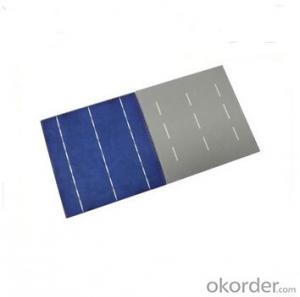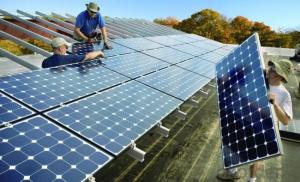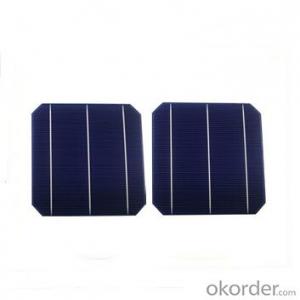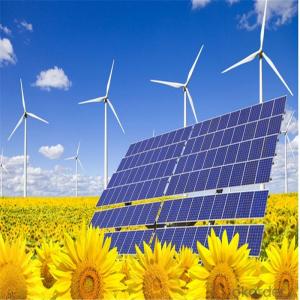Honda Solar Cells
Honda Solar Cells Related Searches
Except For Solar Cells Weegy Problems With Solar Cells High Power Solar Cells Light Trapping In Solar Cells High Performance Solar Cells High Output Solar Cells High Wattage Solar Cells Energy Transfer In Solar Cells High Efficiency Hvac Systems Recombination In Solar CellsHot Searches
Cheap Solar Cells For Sale Flexible Solar Cells For Sale Q Cells Solar Panels For Sale Printed Solar Cells For Sale Bulk Solar Cells For Sale 6x6 Solar Cells For Sale Broken Solar Cells For Sale Cpv Solar Cells For Sale Photoelectric Cells For Sale Price Of Silicon Solar Cells Price Of Solar Cells Over Time Buy Solar Cells From China Cheap Solar Cells China Best Type Of Solar Cells Flexible Solar Cells Price Q Cells Solar Panels Price 3 Types Of Solar Cells Production Of Solar Cells Common Types Of Solar Cells Q Cells Solar Panel PricesHonda Solar Cells Supplier & Manufacturer from China
Okorder.com is a professional Honda Solar Cells supplier & manufacturer, offers integrated one-stop services including real-time quoting and online cargo tracking. We are funded by CNBM Group, a Fortune 500 enterprise and the largest Honda Solar Cells firm in China.Hot Products
FAQ
- Yes, solar cells can be used in powering e-bikes. Solar panels can be installed on the surface of an e-bike or on a separate charging station to harness solar energy and convert it into electrical power. This power can then be used to charge the e-bike's battery, extending its range and reducing the reliance on grid electricity.
- The space required to install a solar cell system depends on various factors such as the size of the system, the capacity of the solar panels, and the energy requirements of the location. In general, a small residential solar system may require around 100 to 300 square feet of roof space, while larger commercial or utility-scale systems can require several acres of land.
- Yes, solar cells can be used to power electric fences. Solar panels can convert sunlight into electricity and store it in batteries, which can then be used to power the electric fence. This allows for a sustainable and reliable power source for electric fences, especially in remote locations where connecting to the grid may not be feasible.
- Solar cells are typically installed on rooftops by first assessing the suitability of the roof for solar panel installation. Once determined, the installation process involves positioning and securing racking or mounting systems on the roof surface. Then, solar panels are mounted onto the racking, connected to one another, and wired to an inverter. Finally, the inverter is connected to the electrical system of the building, allowing the generated solar power to be used.
- Yes, solar cells can be used in harsh climates. While extreme temperatures, snow, and dust can potentially affect the efficiency and performance of solar cells, advancements in technology and design have made them more resilient. Specialized coatings, materials, and mounting systems are employed to protect solar cells from harsh weather conditions. In fact, solar panels are increasingly being used in various extreme climates around the world, including deserts and polar regions, proving their adaptability and effectiveness even in challenging environments.
- Solar cells perform less efficiently in areas with high levels of light pollution. Light pollution not only reduces the amount of natural sunlight reaching the solar cells but also introduces artificial light sources that can interfere with the cell's ability to absorb and convert sunlight into electricity. As a result, the overall performance and energy output of solar cells are compromised in such areas.
- Solar cells may experience decreased performance in regions with high levels of dust and sandstorms. The accumulation of dust particles on the surface of solar panels can reduce their efficiency by blocking sunlight and reducing the amount of energy they can generate. Regular cleaning and maintenance of solar panels are essential in such environments to ensure optimal performance. Additionally, advancements in solar panel technology, such as anti-soiling coatings, are being developed to mitigate the impact of dust and sandstorms on solar cell performance.
- Yes, solar cells can be used to power electric gates. Solar cells, also known as photovoltaic cells, convert sunlight into electricity. When installed on the gate or nearby, solar cells capture sunlight and convert it into electrical energy, which can then be used to power the electric gate. This eliminates the need for a direct connection to the power grid, providing a sustainable and independent energy source for electric gates.












































